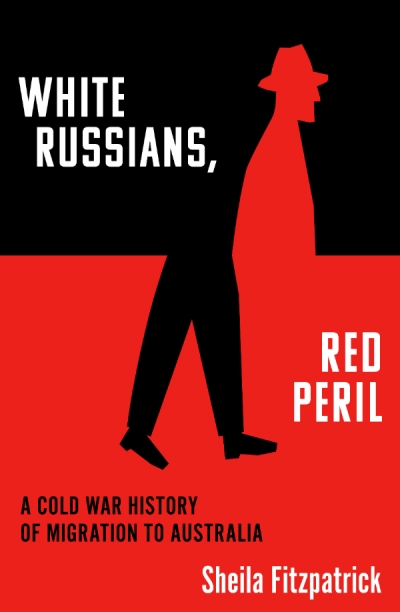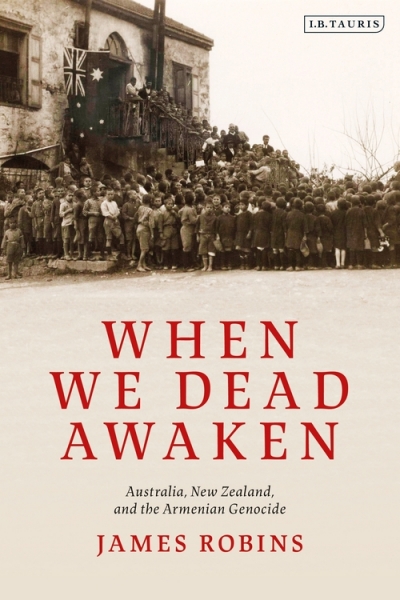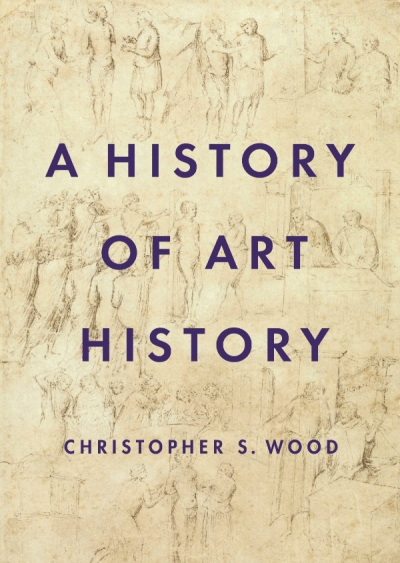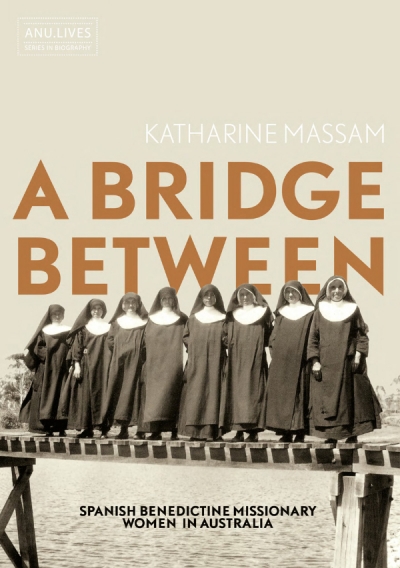History
The French have a term for weighty tomes of scholarship: gros pavés or paving stones. Alexander Mikaberidze has landed his own gros pavé, an extraordinary account of the Napoleonic Wars of 1799–1815 in almost one thousand pages, based on an awe-inspiring knowledge of military and political history and a facility in at least half a dozen languages. The scale of his knowledge is breathtaking.
... (read more)To Kidnap a Pope: Napoleon and Pius VII by Ambrogio A. Caiani
To kidnap one pope might be regarded as unfortunate; to kidnap two looks like a pattern of abusive behaviour. Ambrogio A. Caiani tells the story of Napoleon’s second papal hostage-taking: an audacious 1809 plot to whisk Pius VII (1742–1823) from Rome in the dead of night and to break his stubborn resolve through physical isolation and intrusive surveillance.
... (read more)White Russians, Red Peril: A Cold War history of migration to Australia by Sheila Fitzpatrick
As readers of her two volumes of memoirs will know, Sheila Fitzpatrick trained at the University of Melbourne until departing for Oxford in 1964 to pursue doctoral research on the history of the Soviet Union. That took her to Moscow, where she gained access to Soviet archives. Fitzpatrick would make her name as an archival historian, in contrast to earlier Western scholars who relied, both of necessity and by inclination, on other sources; she showed remarkable ingenuity in using the officially sanctioned records.
... (read more)In 1969, an Anzac veteran visiting Gallipoli fell into conversation with a retired Turkish school teacher. The teacher had with him a guidebook featuring a quote from Şükrü Kaya, the former head of the Ottoman Directorate for the Settlement of Tribes and Immigrants. The quote came from a 1953 interview Kaya gave, in which he recalled a 1934 speech he made on behalf of Mustafa Kemal, a sentimental entreaty to Anzac mothers to ‘wipe away’ their tears. The teacher shared Kemal’s supposed words with the Australian visitor, who returned to Brisbane and passed them on to Alan J. Campbell, a Gallipoli veteran. Campbell, who was involved in the creation of a Gallipoli memorial in Brisbane, contacted the Turkish Historical Society to verify the quote. They could only confirm Kaya’s 1953 interview, but this was considered good enough. In this convoluted way, ‘the most iconic refrain of Anzac Day’ ended up on the memorial’s plaque, attributed to Kemal, with one addition. Campbell invented the now well-worn line about ‘the Johnnies and the Mehmets [lying] side by side’.
... (read more)Empire and the Making of Native Title: Sovereignty, property and Indigenous people by Bain Attwood
Bain Attwood’s Empire and the Making of Native Title is a welcome contribution to the field. Like many good historians of sovereignty and native title in Australia and New Zealand, Attwood stresses the importance of contingency and complexity in the first decades of British settlement on both sides of the Tasman Sea. His early chapters focus on the local and imperial contexts that shaped Crown approaches to Indigenous title in New South Wales, Port Phillip, and South Australia. The rest of the book provides a forensic account of the lead-up to and aftermath of the British assumption of sovereignty in New Zealand, and its shifting ramifications for legal arguments about Māori land title.
... (read more)The history of art history in the West over the past five hundred years is rich and complex and yet rests on clear historiographical foundations, themselves grounded in inescapable historical realities. Authors and artists in the Renaissance looked back to the civilisation of Greco-Roman antiquity, all but lost in the catastrophe of the fall of the Roman Empire and succeeded by centuries of dramatic cultural regression. They sought to regain the greatness of antiquity, and the bolder even hoped to surpass it.
... (read more)A Trip to the Dominions: The scientific event that changed Australia edited by Lynette Russell
Founded in 1831, the British Association for the Advancement of Science (BAAS) sought to redress impediments to scientific progress that arose in the aftermath of the Napoleonic Wars, determining that the BAAS would ‘give a stronger impulse and more systematic direction to scientific inquiry … [and] promote the intercourse of cultivators of science’.
... (read more)Literary Lion Tamers: Book editors who made publishing history by Craig Munro
Craig Munro’s latest book shines a spotlight on the work of some very different Australian book editors. It begins in the 1890s, when A.G. Stephens came into prominence as literary editor of The Bulletin’s famous Red Page. It continues through the trials and tribulations of P.R. (‘Inky’) Stephensen in publishing and radical politics in the interwar period and his internment during the war for his association with the Australia First Movement. Literary Lion Tamers then moves on to Beatrice Davis’s long career as a professional book editor with Angus & Robertson after World War II. It concludes with Rosanne Fitzgibbon, with whom Munro developed fiction and poetry lists at the University of Queensland Press.
... (read more)A Bridge Between: Spanish Benedictine missionary women in Australia by Katharine Massam
What kinds of stories are possible now about a mission community at the height of the assimilation era? How might scholars narrate the lives of religious women who ran an institution for Indigenous children?
... (read more)Lucy Delap, Reader in Modern British and Gender History at the University of Cambridge, is a consummate historian and not one to privilege her own experience. Indeed, one of her chief aims in her innovative new global history of ‘feminisms’ – the plural is important, no matter how inelegant – is to bring to the fore feminists and other activists for women’s rights who are less well known, but hardly less significant, than the usual suspects. In this aim, and from the very first page, Delap succeeds admirably. Feminisms: A global history opens with an ‘incendiary letter’ published in 1886 in a local newspaper in the British-ruled Gold Coast (now Ghana), written by an anonymous author on behalf of ‘We Ladies of Africa’. At once a protest against the sexual violence of colonial incursion, and an assertion of cultural power and defiance, the letter also flags to a present-day audience that this history will not be the standard White Feminist narrative – and hooray for that.
... (read more)










